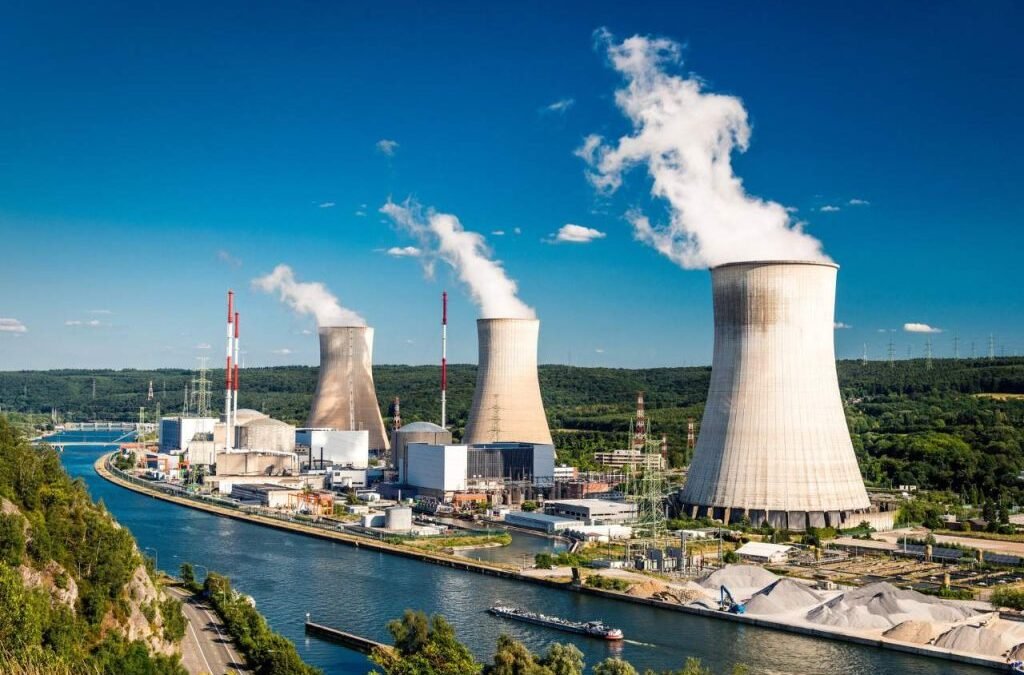Synopsis: India’s two big power companies are ruling the power segment, but Adani Power, with its size and business model, outweighs Tata Power. Let us see how Tata Power differs from Adani Power and how Tata Power can compete with Adani.
India’s power sector has made remarkable progress in recent years, growing to over 500 GW of installed capacity by 2025 and significantly reducing power shortages nationwide. Renewable energy now makes up nearly half of the total capacity, with solar and wind leading the way. Programmes like DDUGJY and Saubhagya have electrified millions of rural households, transforming lives across the country.
Although coal remains a major part of the mix, the sector is rapidly embracing cleaner sources such as hydro, nuclear, and emerging technologies like green hydrogen. With increasing private sector participation and investments in smart grids and battery storage, India is rapidly modernising its power infrastructure. The focus remains on balancing energy security, sustainability, and affordability as the country powers its ongoing development.
Adani Power (APL), a part of the diversified Adani Group, is the largest private thermal power producer in India. The co along with its subsidiaries sells power generated from these projects under a combination of long-term Power Purchase Agreements, short-term PPAs and on a merchant basis. With a market cap of Rs 2,87,631 crore, the shares of Adani Power are trading at Rs 149 and have given a return of 1,872% over the last 5 years.
Tata Power Company Ltd is primarily involved in the business of the generation, transmission and distribution of electricity. The company is India’s largest vertically integrated power company. With a market cap of Rs 1,23,643 crore, the shares of Tata Power are trading at Rs 386 and have given a return of 569% over the last 5 years.
Tata power
Tata Power Ltd is a fully integrated energy company producing around 26,326 MW of power, with 8,860 MW from thermal sources and the remainder from renewable sources like wind, solar and more. They aim for 70% of their capacity to be renewable by 2030 and want to reach net-zero carbon emissions by 2045.
They manage the entire chain from producing electricity to sending it through their 4,659 circuit kilometres of transmission lines and distributing it to over 13 million customers in cities like Mumbai and Delhi. This gives them strong control over how power reaches people.
Besides power generation and delivery, Tata Power also makes solar panels and cells with a capacity of 4.9 GW and builds solar projects. They’re expanding electric vehicle charging stations, already running over 5,600 points. Their vertical integration includes running coal mines to fuel thermal power plants, helping them grow sustainably and keep costs in check.
The company, for its raw materials, has stakes in coal mines, like in the Indonesian coal mines Kaltim Prima Coal (KPC) and Baramulti Suksessarana (BSSR), with a capacity of 78 MT, from where it gets the majority of its coal.
Adani power
Adani Power sources coal through a well-integrated fuel supply and logistics system, which is critical to its base load power generation capacity. The company primarily procures coal from domestic Indian coalfields, supported by long-term fuel supply agreements (FSAs) and cogent coal linkage mechanisms, ensuring fuel security for its thermal power plants.
Adani Power operates a capacity of 18,150 MW and procures energy mainly from areas with domestic power projects, such as the Korba, Raigarh, and Mahanadi, among others. It manages end-to-end logistics, including coal sourcing, transportation, and handling, to optimise fuel availability and cost efficiency. The company is also developing coal mines with a capacity of 14 MTPA to further strengthen its fuel supply chain. The company also aims at a target capacity of 41,870 MW.
Their fuel management strategy leverages operational excellence and logistics capabilities, including handling around 74 MTPA of coal and employing advanced digital systems for coal supply optimisation. This integrated coal sourcing and logistics capability enables Adani Power to sustain high plant availability and profitability with a competitive fuel cost advantage
How do these companies differ, and can Tata Power compete with Adani?
Tata Power generates around 26,000 MW, with 8,860 MW from thermal sources, and aims for 70% renewable capacity by 2030. They control coal supply mainly through stakes in Indonesian mines have a 78 MT capacity and have a large transmission network serving over 13 million customers, while also expanding solar panel manufacturing (4.3 GW) and EV charging stations (5,600+ points).
Adani Power operates 18,150 MW of thermal capacity, sourcing energy mainly from Indian power projects like Korba and Raigarh, and also manages 74 MTPA of coal through integrated logistics and developing 14 MTPA of coal mines to ensure supply.
Tata Power’s broad integration across generation, transmission, and renewables gives it an edge in the clean energy transition, while Adani Power’s strong domestic coal network provides cost advantages in thermal power.
Both are competitive, but Tata Power’s diversified model positions it well for the future, whereas Adani Power’s sourcing-to-distribution model brings lower costs of materials, and their target capacity of 41,870 MW exceeds that of Tata Power. Adani Power’s main s ile both companies have its own strength and future plans , an investor can decide which segment they want to invest in and which segment according to them can provide better returns
Written by Leon Mendonca.
Disclaimer

The views and investment tips expressed by investment experts/broking houses/rating agencies on tradebrains.in are their own, and not that of the website or its management. Investing in equities poses a risk of financial losses. Investors must therefore exercise due caution while investing or trading in stocks. Trade Brains Technologies Private Limited or the author are not liable for any losses caused as a result of the decision based on this article. Please consult your investment advisor before investing.
The post Power Stocks: Can Tata Power match the scale and strength of Adani Power? appeared first on Trade Brains.

